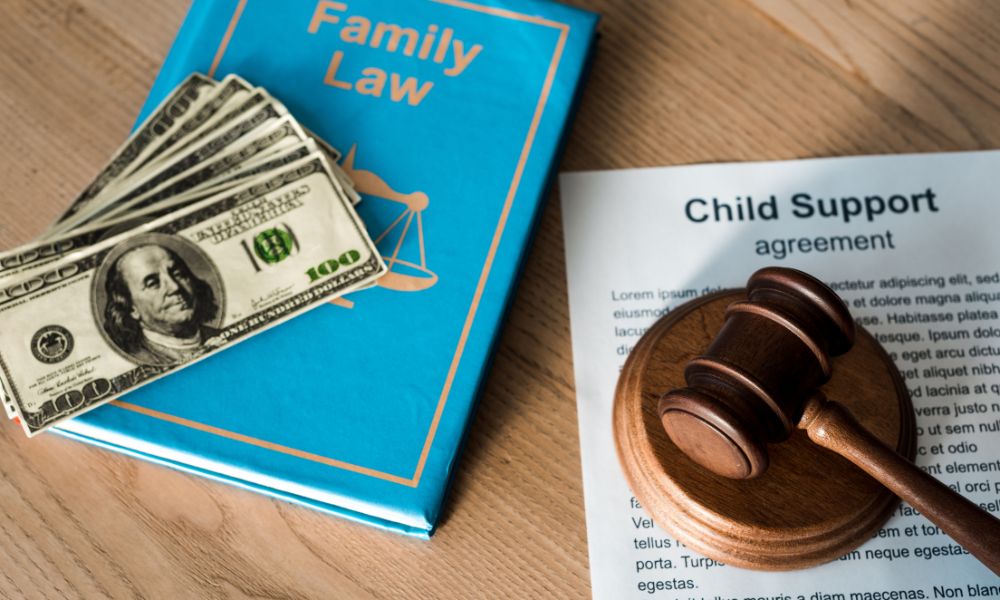Most attorneys put off the resolution of personal property division to the end of the case. Unfortunately, waiting until the end of the case sometimes allows for the parties’ residual anger and resentment to be focused on what otherwise should be a fairly straight forward problem to resolve.
The law requires assets and liabilities to be valued at or near the entry of a Judgment for Dissolution of Marriage. For most assets, that is a straight forward proposition since statements exist for bank balances, stock accounts and 401(k) accounts. Real estate can be valued close to finalization of the divorce or, if there is an agreement to do so, sold with proceeds divided either by agreement or in the percentages ordered by the court. However, it’s not that simple when there is a household full of furniture, furnishings and collectibles, especially since each of these items bring along with them a lifetime of individual memories and emotions which makes them difficult to value, especially during the final moments of a case.
Many clients find it difficult to understand that regardless of what they paid for a piece of furniture, it has little actual “value” after it is already in their home. For instance, the $8,500 couch recently bought at the Merchandise Mart to fit the corner of the living room with custom upholstery to match the drapery may now be worth only 20% or less of its original retail purchase price. Therefore, client’s need to be educated that the standard of fair market value for a piece of personal property is not replacement cost or the original retail value. Sometimes this advice is upsetting to the clients. In giving this advice, the divorce attorney should be aware of several options:
1. Have all items inventoried and appraised at the beginning of the case, especially if a party is moving and plans to bring items with them since there is always the risk that later on, a claim will be made of missing items. Moreover, there is a careful preservation of the issue for later determination.
2. Ask for, review and finalize an agreed list of who takes what. Doing this in the early stages of the case saves time, future conflict and fees.
3. Suggest the parties mediate the furniture and furnishings allocation.
4. Educate your client that if the issue is brought before a judge, many will suggest that the parties engage in alternate selection by flipping a coin to see who shall go first.
For daily household items, it is usually not cost effective to hire an appraiser, since the items’ appraised value may be less than the cost of the appraiser. However, items such as valuable fine art, antiques, collectibles such as coins, guns, wine, etc., usually should be appraised by an experienced expert. In many cases, it is a good idea to suggest using a joint appraiser to save time and money. The issue of value is then set, and the only thing left to figure out is who gets what.
Understandably, Judges rather uniformly do not like or want to preside over a furniture and furnishing trial. If left to the end of the case, it is likely that some arbitrary method of allocation may be proposed, i.e. alternate picks of items or having one party create an A&B list of all items with the other party getting to select the list. Even though this may result in an equal or nearly equal allocation, these later two approaches may often feel to the client as though justice has not been done.
Other possible solutions:
1. Leave disputed items to charity and split the tax deduction.
2. Allow children or other family members to select some items.
3. Hire a personal property auctioneer and have a public or private auction.
Sometimes it is easier to divide sale proceeds than the couch itself.
The lesson to be learned is not to ignore the furniture, furnishings or collectables and think the issues will go away on their own. Rather, if left unattended to, the relatively insignificant monetary value involved in allocating or disposing of these items may become a bigger problem.



